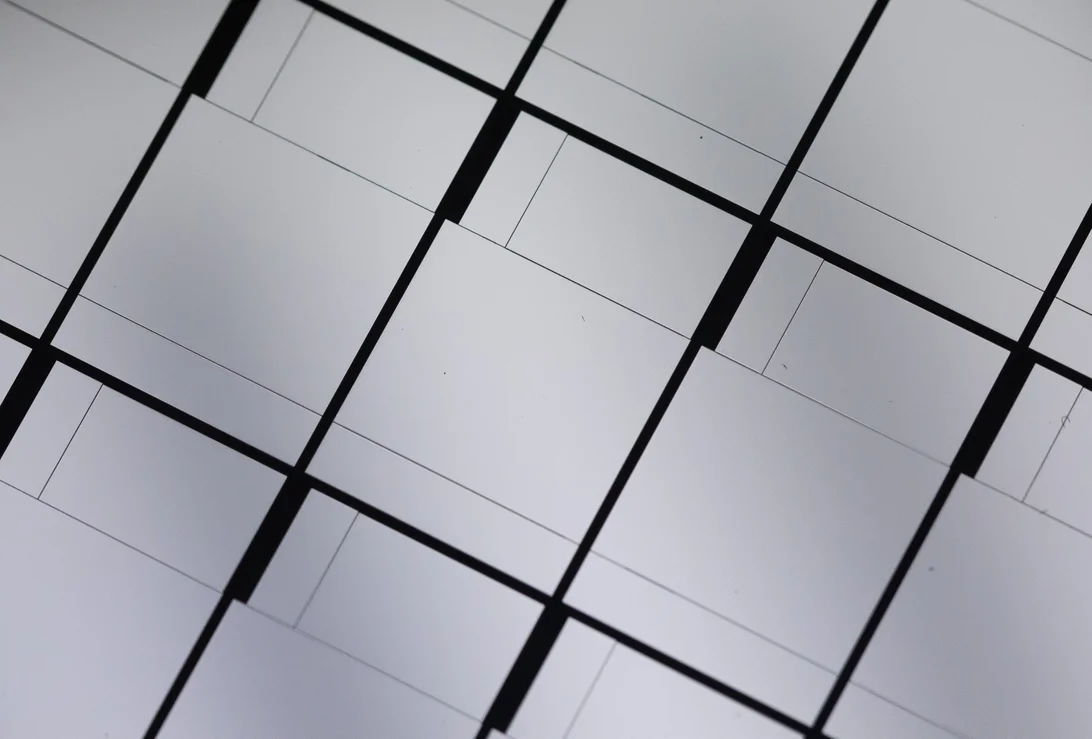Intel will launch a talent investment plan
Since Intel CEO Pat Gelsinger put forward the vision of “IDM 2.0” this year, created Intel Foundry Service (IFS), and innovated the IDM model, people generally focus on Intel’s huge capacity expansion and technology research and development plan. According to Intel’s plan, it may invest more than $200 billion to establish semiconductor manufacturing centers in the United States and Europe to meet the needs of advanced manufacturing technologies (4nm or 3nm processes) and chip packaging (such as EMIB and Foveros packaging technologies).

Stephen Shankland/CNET
The competition in the 21st century is the competition of talents. Even the best hardware facilities need the right people to play their roles. As a giant in the semiconductor industry for many years, Intel knows this truth well. With the intensification of market competition in the semiconductor industry, in order to reduce the turnover rate of employees and attract new talents, Intel chose a more direct way: increase the salary.
According to TomsHardware reports, Intel plans to approve an additional $2.4 billion in early 2022 to motivate employees, of which $1 billion is in cash and the other $1.4 billion is in stock. Intel stated that this decision was made to “reignite our culture and drive our business strategy.” The new plan includes but is not limited to salary structure, increased performance budget, differentiated bonuses for outstanding performers, and increased stock rations, etc.
It is understood that Intel will allocate the competitive value required by employees based on their performance and skills. It is not surprising that the semiconductor industry digs people from competitors, because the number of professionals to choose from is limited, and it is a common practice in the industry to give more rewards to high-quality talents. According to the survey, Intel currently has about 110,000 employees worldwide, and its salary level is lower than that of similar companies. The current “salary satisfaction rate” is 75%, which is higher than AMD’s 64% and lower than Nvidia’s 78%.





